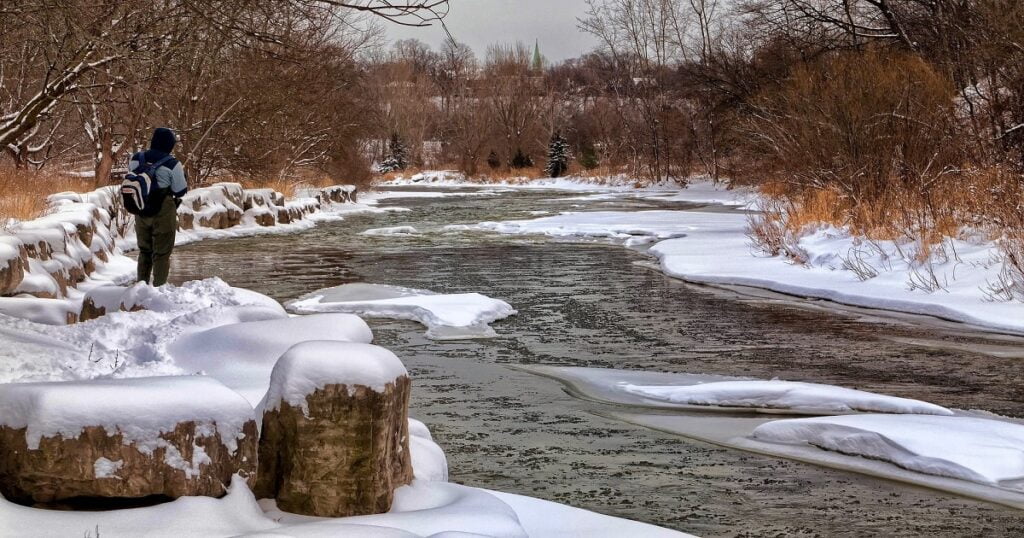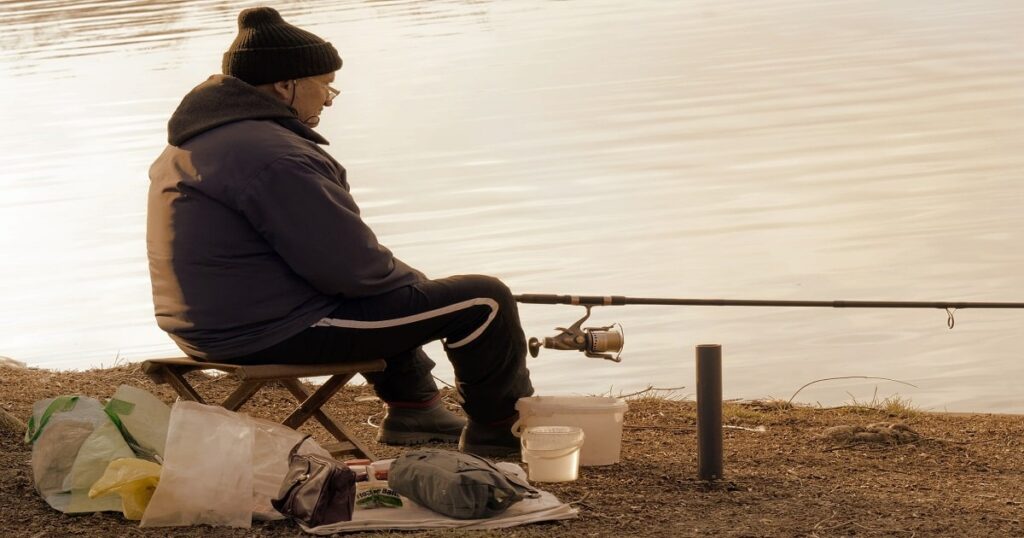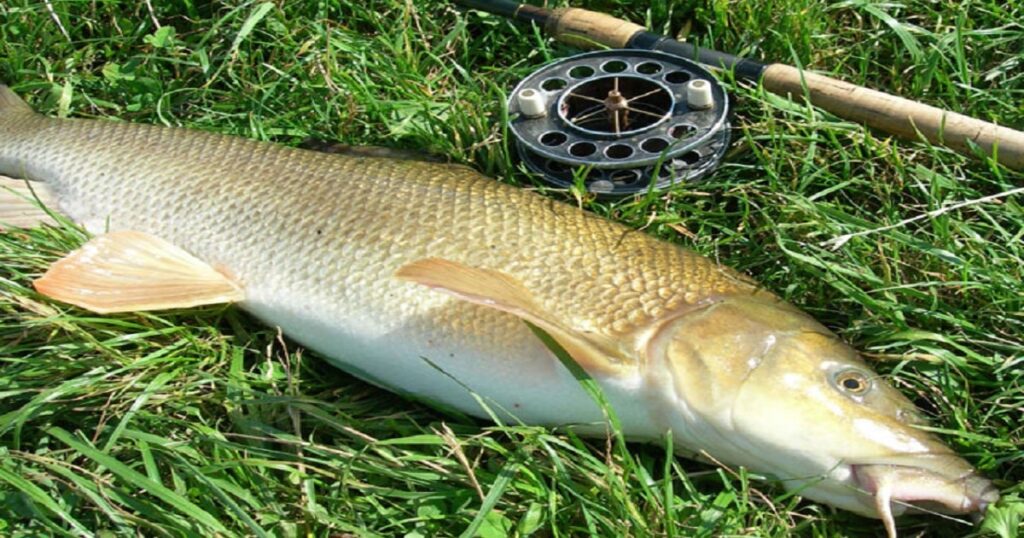Winter, with its chilling embrace, might deter many from stepping outdoors, let alone embarking on a fishing expedition. But for those in the know, winter presents a unique opportunity, especially when chasing the elusive barbel. Renowned for their fighting spirit, barbel don’t hibernate; they merely adjust to the colder conditions. And so should you. Here’s a guide to maximizing your success when fishing for barbel in the winter months:
1. Choosing the Right Stretch of Water
- In winter, barbel tend to congregate in deeper, slower-moving waters. The reason is simple: these areas are typically warmer and offer shelter from strong currents. Seek out deeper pools, especially those downstream from shallower, faster sections. These spots often provide the barbel with the food carried downstream, making them prime feeding grounds during the cold months.

2. Bait Selection is Crucial
- Barbel can be caught on a wide variety of baits but during the winter months its essential to up the ante in terms of attraction. Focus on meaty, oily or high protein baits like canned meats, cheese, worms, pellets and even seafood like prawns. Oily fish such as sardines can also be a hit due to the fats they release, which are a rich energy source. Remember, in colder temperatures, scent dispersion is slower, so baits that give off a strong, lingering aroma are beneficial.
3. Opt for Smaller Baits
- While it’s essential to select the right type of bait, size also matters. In winter, fish metabolism slows down, making them less voracious. Downsizing your bait ensures that it’s more palatable and digestible for the barbel, increasing your chances of a bite. Equally consider the amount of feed you introduce to your swim, too much and you can destroy a swim during the winter months so the best tactic is start by introducing a minimal amount of bait, maybe even just fishing single hook-baits and increase from there. Remember, you can put it in but you cant take it back out!
4. Winter Gear for the Angler
- While the thrill of the catch is paramount, personal comfort shouldn’t be overlooked. Invest in high-quality thermal clothing, waterproof boots, and gloves. Layering is the key. Start with moisture-wicking base layers to keep sweat at bay, add insulating layers for warmth, and finish with a waterproof outer layer. This ensures you remain warm, dry, and comfortable, allowing you to focus on the fishing.

5. Tackle Considerations
- While barbel are strong fighters, in winter, they’re a bit more subdued. This doesn’t mean you should use frail gear but rather adapt to their behaviour. A medium-action rod, combined with a reliable reel, should suffice. More crucially, consider using lighter lines and smaller hooks, aligning with the earlier tip of using smaller baits.
6. Plan Ahead
- Winter days are shorter, and conditions can change rapidly. Before heading out, always check the weather forecast and familiarize yourself with the sunset time. This not only ensures you maximize your fishing time but also keeps safety in check. Additionally, inform someone about your fishing location and expected return time, especially if you plan to stroll along the rivers or canals in pursuit of a specimen winter barbel.
7. Take advantage of Method Feeder Fishing
- One of the most effective methods for winter barbel fishing is using a method feeder. It presents the bait within a compact ball of attractants, ensuring that the scent is concentrated in a specific area. This method not only increases the chances of attracting barbel but also ensures that the bait remains anchored in the desired location, especially in waters with stronger currents.

Conclusion
Winter barbel fishing is less about battling the fish and more about understanding and adapting to the changing environment. With the right strategies, winter can transform from a barren fishing period to a season of bountiful catches. So gear up, stay warm, and let the serenity of the winter landscape be the perfect backdrop to your fishing adventures.